Data collection is incredibly important for evaluation, assessment, and progress monitoring. Data collection helps to support evaluation by allowing therapists to know strengths and deficits areas. This helps to know where to start when addressing areas of need for therapy, and accommodations that students need. Data collection is a tool to know how our clients are doing. Data collection is also the knowledge and support that shows when therapy has been successful and therapy is no longer needed.
Although data collection is SO important for occupational therapy, it does not have to be hard.
Here are my top tips for data collection:
1. Have data sheets accessible and ready to go! Although all of my goals are individualized, some of my most common types of collecting data is for letters, sentences, prewriting lines, and scissor skills. I have a variety of data collection tools ready to go. I put one of each type in a folder in a file cabinet. I can easily grab these sheets for evaluation or progress monitoring. If you are looking for PREMADE data sheets, check out my data sheets here:
a. Functional Skills at School
b. Letters and prewriting lines
d. Hand skills
e. Milestone checklist for prek
f. Bundle of data resources. (does not include functional skills at school)
Want a FREE data sheet for occupational therapy data collection for upper and lowercase letters? Subscribe to my VIP email list and get your copy today!
2. Organize early and thoroughly! When I get IEPs at the beginning of the year, I read each one carefully. I will then make a data collection sheet for each of my students. On each data sheet, I put their name, area of need, and goals. I will then make a customized chart so I can easily data track. I also make a 1 page list of all students and a quick summary of goals so I can easily plan. This takes a lot of time in the beginning but it pays off! I have made this easy with a form that you can type into to help you organize your goal data.
3. Get your team involved – make data tracking easy for staff! Data collection is beneficial when it is collected by multiple people across multiple areas. The easier it is to take data, the more likely staff will take data. When others take data, this allows you to know if students are generalizing the skill across the day. I give staff these data sheets that allow for easy data collection on multiple students. This allows staff quick access to collect the data you need, easily! This is also a great form if you collecting data for RTI or screening purposes.
4. Accommodations need to be tracked too! A lot of my other tips focus on data collection for functional activities, fine motor or visual motor areas. Another area that many people forget about is tracking the usefulness of accommodations. Accommodations are anything that a student may use throughout the day to support their access to the curriculum. I have an easy data sheet that I use to collect data when I am observing. I have also given this sheet to teachers to help them keep track of the usefulness of the accommodation. This makes it easy when IEPs come around and you need data to back up which accommodations are useful (or not!).
5. Consultation data should be tracked as well. Consultation is very important to know if student’s are progressing, and if team members have concerns about students. This also helps to make sure that everyone is on the same page about how the student is doing and no surprises come up about student concerns. I use data sheets to track my consultation data to make sure I have this documented.
What are your tips for data collection? Is there a tip I did not mention? Let me know if in the comments below!
Looking for ideas for IEP ACCOMMODATIONS?! Check out the big blog post of over 35 accommodations!

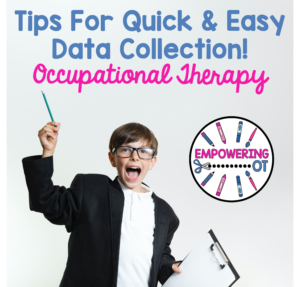
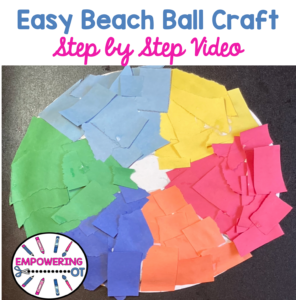
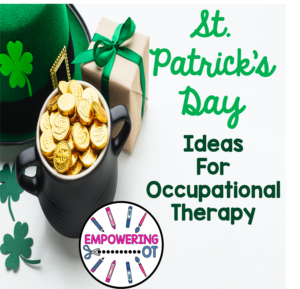
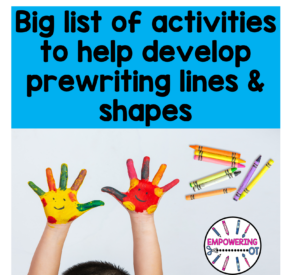
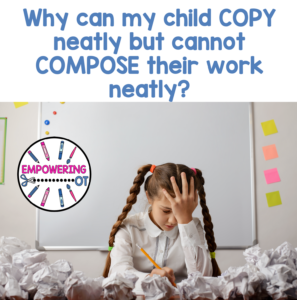
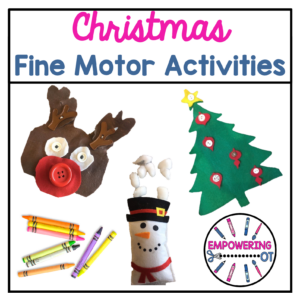
One Comment